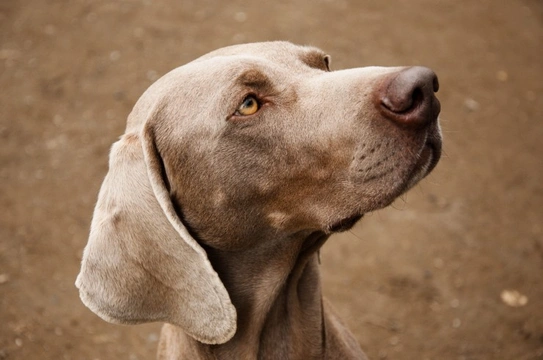
Urinary incontinence and oestrogen levels in bitches
Incontinence can be either faecal or urinary, and the term “incontinence” refers to the involuntary elimination of either the bowels or bladder respectively. While urinary incontinence in dogs can affect either sex, it tends to be more common in bitches than it is in male dogs, and can lead to problems such as leaking urine constantly, having accidents in the home, or not being able to hold the bladder for a normal amount of time.
In this article, we will look at how to identify urinary incontinence in bitches, how oestrogen affects it, and how to tell a medical presentation from a behavioural one. We will also examine the wider issue in more detail, and explain the ways in which you may be able to resolve the problem. Read on to learn more.
Incontinence versus behavioural issues
Inappropriate urination is something that the dog has physical control over, while true incontinence is a medical issue that means that the dog is either unaware that they are passing urine, or are aware but unable to do anything about it.
Either incontinence or inappropriate urination can begin to occur without any apparent warning, and it is obviously important to work out the root of the problem in order to know how to tackle the issue. If your dog is stressed, anxious or otherwise does not feel settled and begins urinating in the home, this may well be due to behavioural issues. Upheavals such as house moves or other changes to the dog’s normal routine can cause this, as can boredom and leaving your dog alone for too long at a time without enough to do.
True urinary incontinence in bitches most commonly presents either in old age, or shortly after spaying, and both such presentations come down to the way that both spaying and aging can affect the dog’s oestrogen production.
More about urinary incontinence in bitches
As mentioned, the production of oestrogen is the key to continence in the female dog, and if the body does not produce enough oestrogen to support continence and other essential systems, incontinence (and potentially other problems) can occur as a result of this.
Oestrogen is a reproductive hormone that supports the normal function of the bitch’s bladder muscles, and when there is not enough oestrogen present to do this, the muscles weaken and lead to problems holding the bladder, and subsequent accidents or urine leakage.
As female dogs age, their production of oestrogen naturally lowers, and this is often why urinary incontinence becomes apparent more commonly in mature and elderly dogs than it does in younger ones.
When the dog is spayed can also play a part, and bitches should have reached full sexual maturity, and so oestrogen production, before they are spayed. Spaying too young, particularly before the bitch has undergone their first heat cycle, can greatly limit the necessary production of oestrogen, and so, potentially lead to urinary incontinence. If your previously fine bitch begins to develop urinary incontinence within six months of being spayed, this may well be the cause.
In rare cases, a tumour (either malignant or benign) may be found to be affecting the bladder and either the production of oestrogen or the body’s ability to use it, and so your vet may also run some tests just to rule this out as well. If a tumour is found, successful removal or treatment will usually resolve the secondary issue of low oestrogen levels and its associated incontinence too.
Urinary incontinence is more common in large and giant breeds than it in smaller dogs; presentations in smaller dogs tend to have a behavioural root more commonly than a medical one. Some breeds of dog that are considered to be at a higher risk than others of developing urinary incontinence include the Weimaraner, Springer spaniel, and Boxer.
What can be done about the problem?
There is no way to up the body’s natural oestrogen production and so permanently resolve the issue in a bitch who has become clinically incontinent, but the condition can usually be managed and corrected with ongoing treatment.
Once you take your dog along to the vet and discuss the problem with them, one of the first things that they are likely to do is test your dog’s hormone levels, in order to confirm that a lack of oestrogen production is at the root of the problem.
Your vet will then likely prescribe supplemental hormone therapy for your dog, which will usually come in the form of hormone replacement therapy with a synthetic form of oestrogen.
Your bitch will need to remain on such medication for life, and although it can take a while to work out the appropriate dosage for any given dog and work out the best fit for them through trial and error, once the condition has been stabilised, you can usually re-order the oestrogen pills from your vet every couple of months without having to go in for a consult every time, and the cost of treatment usually works out at just a few pence per day.



